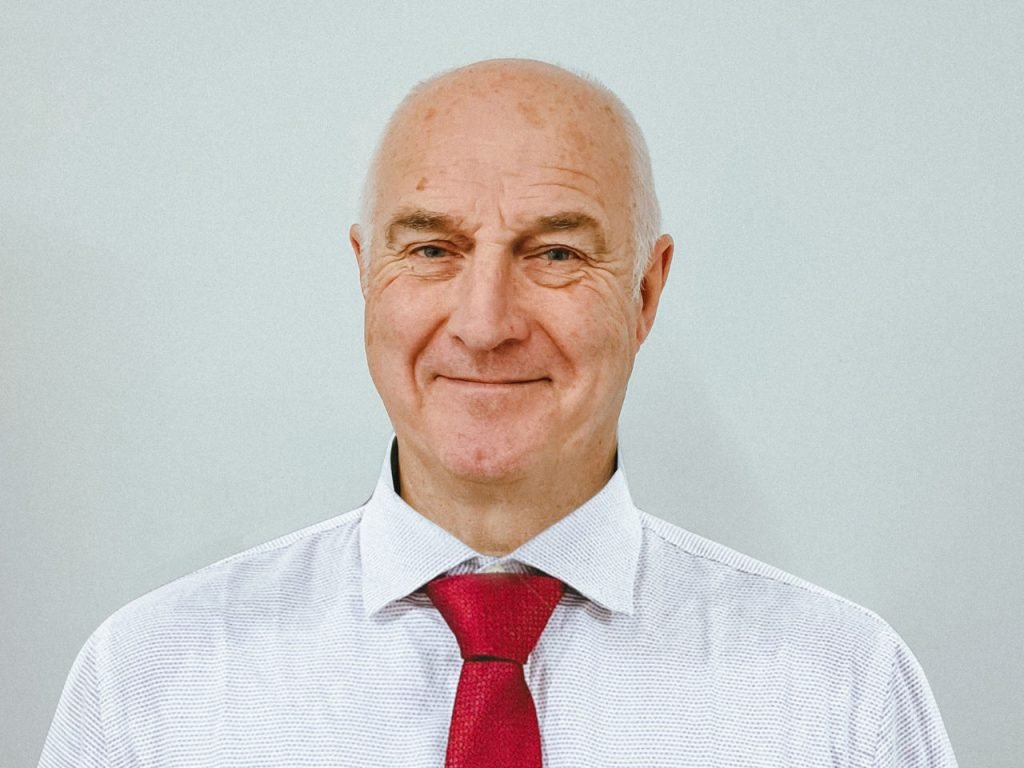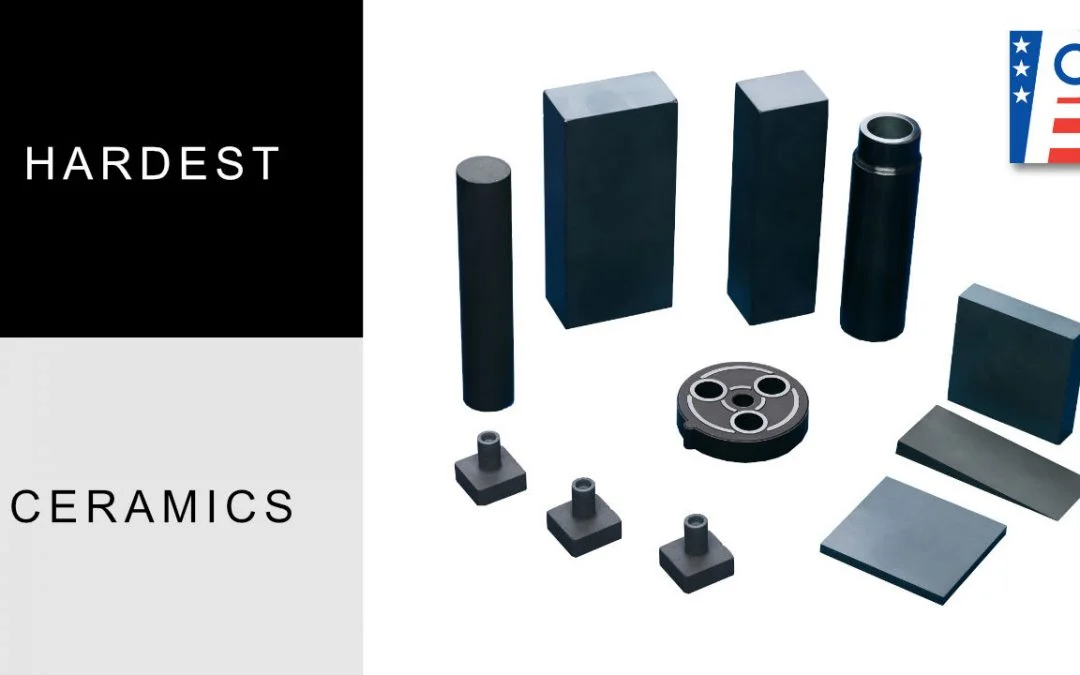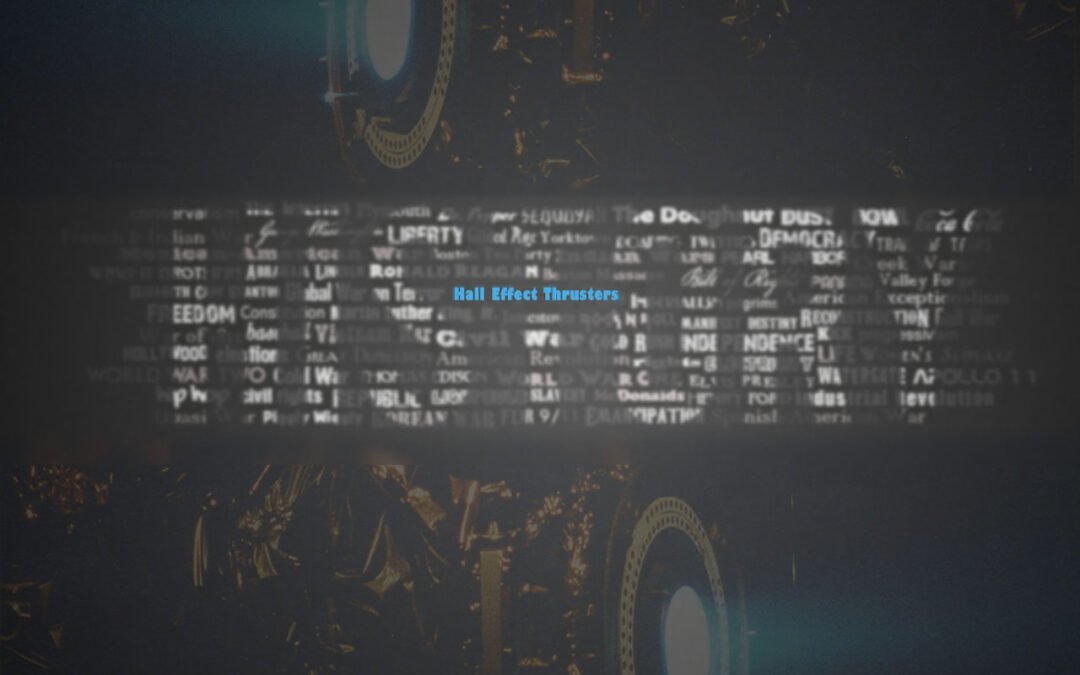Zirconia (ZrO2) also has excellent corrosion and chemical resistance without the characteristic technical ceramic property of absolute brittleness. It has the highest strength and toughness at room temperature of all advanced ceramic materials and in recent years has quite rightfully earned the title of ‘Ceramic Steel’.
Pure zirconia exists in three crystal phases at different temperatures – Cubic, Tetragonal and Monoclinic. The fine grain size allows the material to have extremely smooth surfaces and sharp edges.
During production a number of different oxides can be dissolved into the zirconia crystal structure to prevent and control structural changes. These include Yttria, Magnesia and Ceria.
Among many other applications, Zirconia (ZrO2) based ceramics can be used as tools for wire forming, as auxiliaries in welding processes, as materials for crowns and bridges in the dental industry, as insulating rings in thermal processes and as oxygen measurement cells. They have now been developed to the stage where the infinite design of micro structure is possible by control of composition, fabrication route, thermal treatment and final machining.
Material Properties
- High strength and high fracture toughness
- High hardness and wear resistance
- High density
- High temperature capability up to 2,400ºC
- Good frictional behaviour
- Non-magnetic
- Electrical insulation
- Low thermal conductivity
- Good chemical resistance
- Modulus of elasticity similar to steel
- Coefficient of thermal expansion similar to iron
Typical Applications
- Precision ball valve (balls and seats)
- Pump seals
- Valves and impellors
- High density grinding media
- Oxygen sensors
- Thread guides
- Fuel cell membranes
- Cutting blades
- Radio frequency heating susceptors
- Medical prostheses
- Metrology components
- Metal Forming
- Gears
- Bushes
- Bearings
- Drive Shafts
Zirconia (ZrO2) Component Manufacturing
Small batch production of zirconia does depend on the geometry of the component. There are three general processing routes:
- Precision grind a general blank of zirconia
- Laser cut a zirconia substrate
- Injection moulding
For higher quantities, Zirconia (ZrO2) lends itself to the injection moulding process rather well. Expensive tooling is required but a high degree of dimensional accuracy can be achieved.
Laser cutting zirconia is also a relatively straight forward process. The limits on thickness that a laser can go through is typically 1mm. Zirconia (ZrO2) in this form is widely used throughout the electronics industry.
Precision Ceramics has over 20 years’ experience of developing high-quality technical ceramic parts and components for applications in an ever-widening field of applications. Our highly-experienced team of engineers and operators combined with our in-depth ceramic material knowledge and ultra-precise machining centres allow us offer the most advanced technical ceramic solutions for our customers at the most competitive prices.





